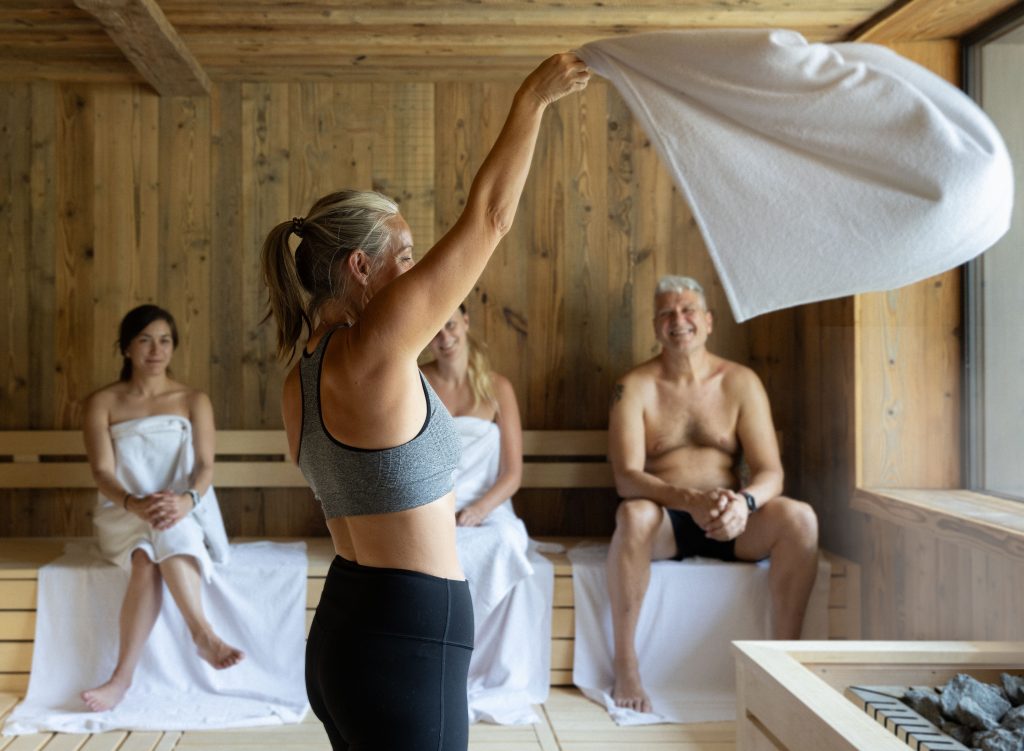Emotional self-control may seem like a difficult goal to reach sometimes, but there are techniques that can help you achieve a healthier emotional life.
Measuring your emotional fitness is a lot like measuring your physical fitness: if you are pushed to your limits, how long does it take for you to recover? Do you move beyond difficulties or do you get stuck on a single challenge that holds you back from the rest of your priorities? How’s your balance?
– If you let your emotions control your life instead of you controlling them, your perspective spirals out of orbit. –
The good news is that there are ways to work on regulating your emotions. Smoothing out the peaks and valleys is a skill you practice and improve at, not an immutable personality trait. Emotional regulation doesn’t mean eliminating or stifling emotions. There is no such thing as a good or bad emotion. We all need to feel joy, satisfaction, anxiety and even fear and disgust once in a while. All of them are valid and provide us with necessary information for navigating the sensory input we receive, whether it’s from our global environment, our personal relationships or our own inner worlds. However, you are not your emotions. Each one will fade sooner or later and be replaced. There is just so much more to you as a person: your thoughts, your experiences, your dreams…
How to reach a more emotionally balanced state
Here are some steps you can take to reach a more emotionally balanced you.
1: STOP AND NOTICE YOURSELF
Take a few minutes to check in on your emotions. Pick a strategic time and make a regular habit out of it. You could:
– Keep a journal. Review your experiences of the day and remember how you felt.
– Meditate or do sports: incorporate a body scan. What is your body telling you?
– Most of all, relax and enjoy the time you are dedicating to yourself. For instance, you can relax your body and mind in our AIRE Ancient Baths centres in New York and Chicago in USA and in Barcelona, Vallromanes, Sevilla and Almeria in Spain. How do you feel, right here and right now? What messages do you tell yourself?
2: TIME TO BRAINSTORM
Does your environment, the people around you, the time or season or your body affect your emotions? What would you like your emotional life to be like? Would you like to shift any part of your inner dialogue? If so, in what way? What strategies could you use in the moment to reach your goals? In other words, how could you redirect your emotions? What strategies have you tried before? How did they work out for you? What haven’t you tried and why not?
3: GET ACTIVE: INTERACT WITH YOUR EMOTIONS
Now that you have identified them, you can explore them. And give yourself a pat on the back! You are truly taking steps to regulate your emotions! Do you have access to a safe environment where you can create virtual situations? Theatrical therapy and virtual reality provide ideal opportunities for experimenting with new possible emotions and behaviors; they provide realistic stimuli but are not actually real. You are free to try new techniques that may not be comfortable or confident yet – perfect! And now step back and think about what just happened in that experiment. A trusted, knowledgeable colleague or mentor can observe you, then help you step back out of the virtual situation and get started on your journey of making positive changes.
4: KEEP MOVING FORWARD
Emotional regulation is a lifelong path of learning with ups and downs. We all constantly change and grow, which means recognizing, analyzing and changing our behaviors is a continuous cycle.
However, the more you work at it, the more tools you will develop to help you along the way. Emotional regulation is both work and its own reward. It allows you to see the emotional roller coaster (we all have one) and get off of that constantly flowing flux of feelings. We enjoy the ride sometimes but being stuck on it forever would make us sick. Being able to acknowledge how you feel and let it go at the right time feels good, doesn’t it?
Rooting your emotional health firmly on solid ground also helps you identify what other people are expressing. Emotional regulation will help you to understand others and communicate with them better.
Emotional control means a healthier society for you and everyone around you. Take these steps and slowly but surely, you will enjoy the long-term benefits of emotional regulation.



